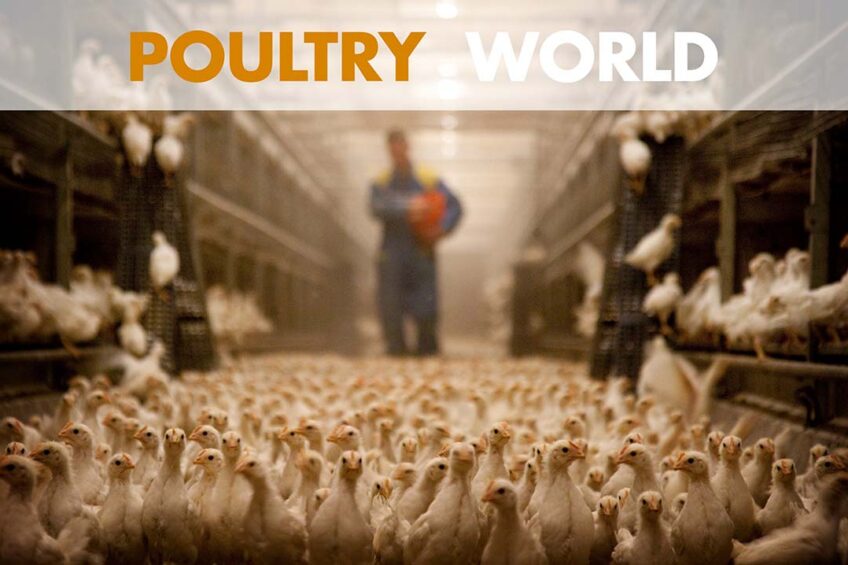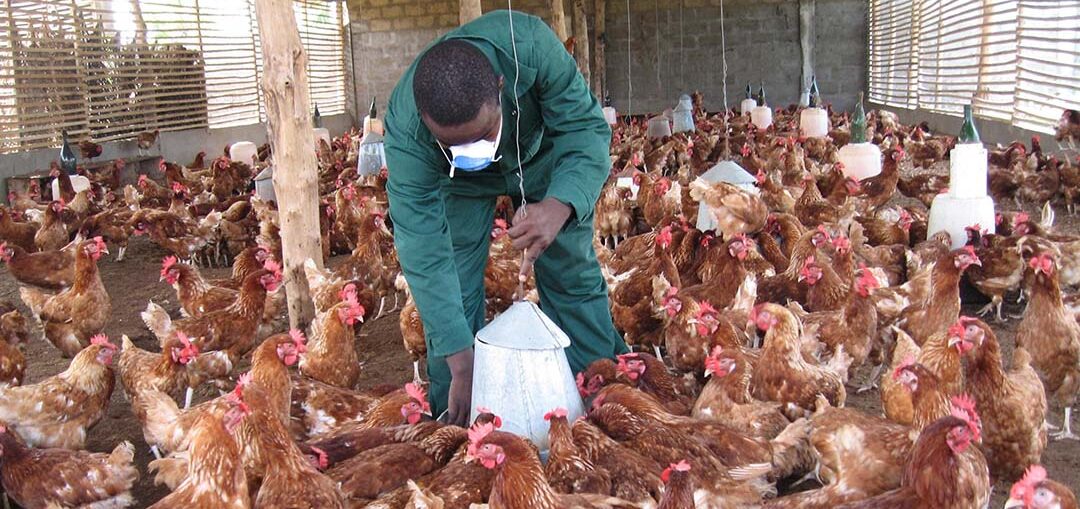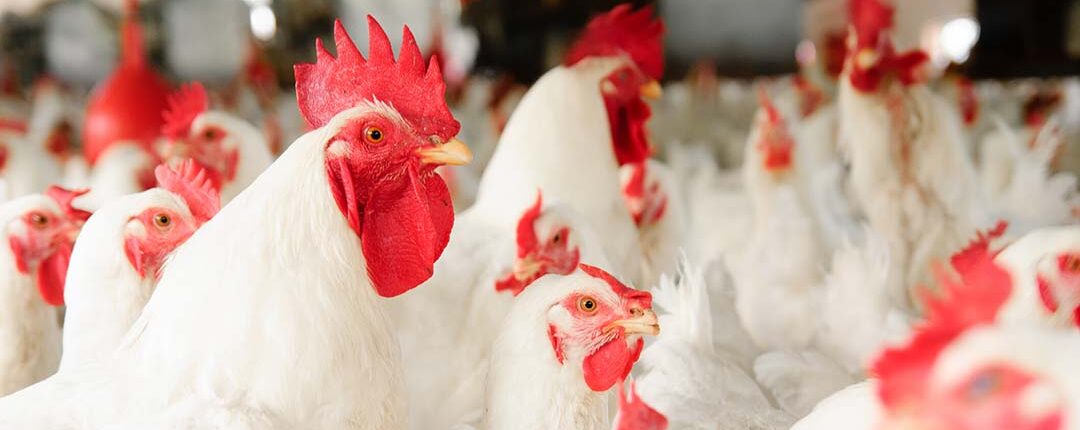Artificial intelligence in the latest edition of Poultry World

This edition of Poultry World explores how AI-based solutions will assist and impact the poultry sector. In Denmark, a broiler farmer sees no immediate need to switch from fast to slower-growing broilers, while in Nigeria, poultry producers are up against tough conditions. This and more in the latest edition of Poultry World.
Next-gen AI solutions herald a new era of farm management
Analysts believe the future of the poultry industry will be empowered by artificial intelligence technologies. There are many reasons to believe the poultry sector will also profit from digitalisation, which can dramatically change how a farm is managed.
Schothorst looking for international growth
Poultry World speaks to Schothorst Feed Research’s new director, Jan Kamphof, who aims to improve profitability and increase the number of international customers. He also discussed emission reduction, social acceptance and animal welfare, as well as new technologies.
Feathers ruffled: the state of Nigeria’s poultry industry
Despite the recent increase in demand for poultry products, Nigeria’s poultry industry finds itself in a precarious position, confronted with an array of challenges, ranging from soaring feed costs and inadequate veterinary services to policy dilemmas and infrastructure deficiencies.

No demand for slower growth in Denmark
A broiler farmer in Denmark sees no immediate need to switch from fast to slower-growing broilers – there is no current demand to cater for, he says.
Optimising breeder performance through enhanced livability
Enhancing breeder reproduction performance often encompasses practices favouring mating behaviour and which support the biological reproductive processes of birds. However, maintaining the survival of breeders until the end of their reproductive life is as crucial.

Economic and histopathological impact in organic turkeys
There remains unanswered questions concerning histomoniasis and, here, field studies play an important role in understanding this disease.
Keeping on top of avian influenza with on-farm testing
Highly pathogenic avian influenza remains a concern to the global poultry sector. A testing platform enables in-the-field testing that is said to be as accurate as PCR, with results in less than an hour.
Back to the basics: An introduction to mycotoxins
In recent years, the amount of information about mycotoxins has grown exponentially, and so in 2023, the comprehensive Mycopedia was published. This voluminous publication contains everything there is to know about mycotoxins. Its first chapter, which is explored in this article, discusses the bare basics.

Egg farmers shun avian influenza vaccination strategy
Challenges posed by vaccination for avian influenza and concerns about lack of consultation over farm assurance schemes dominated this year’s British Free Range Egg Producers conference.
Understanding poultry behaviour key to better management practices
Poultry behaviour plays an essential role in chicken meat and egg production. It is therefore necessary to have an understanding of the relationship between behaviour and husbandry so that this knowledge can be applied when determining suitable production and management practices.
Join 31,000+ subscribers
Subscribe to our newsletter to stay updated about all the need-to-know content in the poultry sector, three times a week. Beheer
Beheer











 WP Admin
WP Admin  Bewerk bericht
Bewerk bericht